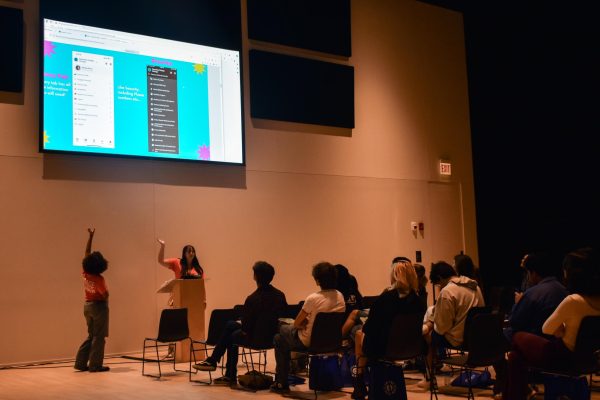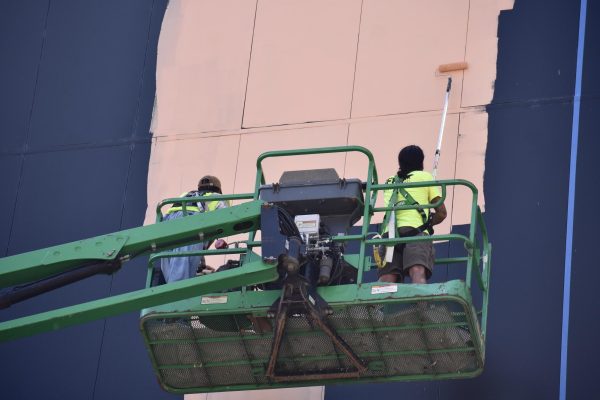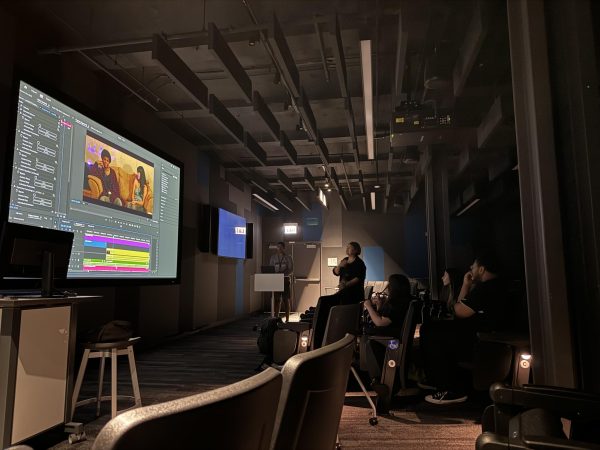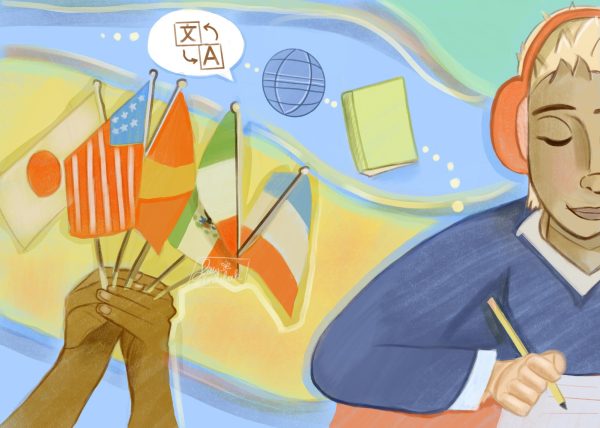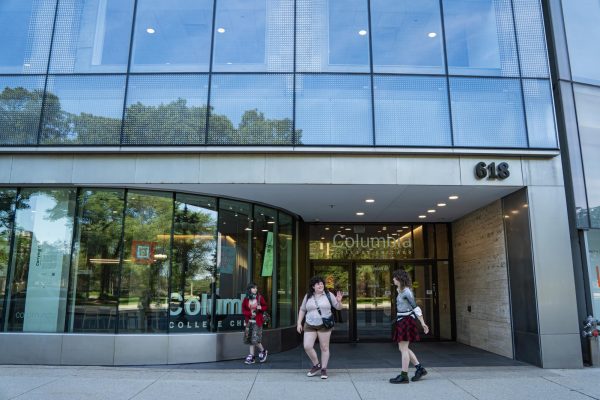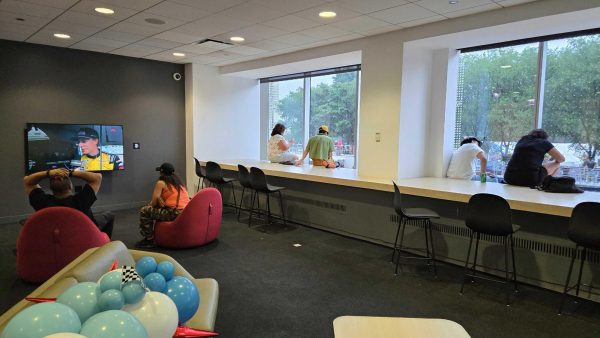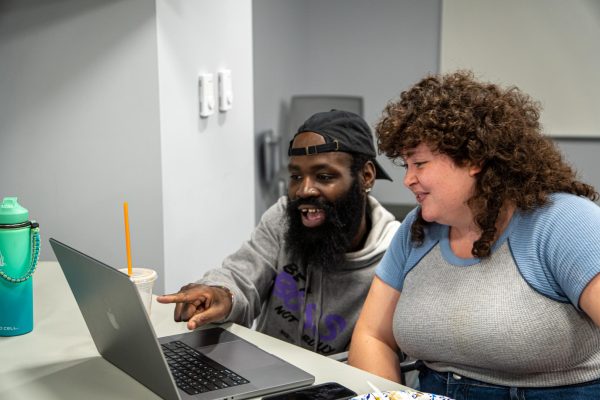Human Nature
March 9, 2009
We all live in the Prairie State. So where’s the prairie? And what about the oak-hickory savanna and the wetlands and the dunes? Where is the nature, the landscapes that characterized Illinois when European immigration came over the horizon?
These are questions I never asked myself when our kids were growing up, as our family walked the Chicago Region’s forest preserves. None of us knew anything about the plants, positive or negative, even blaming goldenrod for our sneezes when ragweed was the real culprit. Occasionally we were able to identify a bird. The tromp was still glorious.
Really, why bother asking? The answer is too obvious. Nature in Illinois was displaced by the farms, the settlements, the towns, the roads, the cities and the suburbs. You know the story. But did you know that in Illinois, most-and for some habitats we’re talking over 99 percent-of the nature here was disturbed and destroyed by the rush to settle? Illinois wins second prize for thorough devastation, surpassed only by Iowa.
To be fair, part of the fault may lie with the land itself. After thousands of years of prairie plants living and dying on its surface, the area we call Illinois was covered in incredibly rich soil. In 1837 when Mr. John Deere invented a steel plough tough enough to render the prairie hospitable to crops, it was game over. Trees, prairie grass and forbs out-corn grass in.
The first attempt at restoring the land with plants native to Illinois was in 1962. Ray Schulenberg and his colleagues tried reconstructing a prairie on 55 acres of previously farmed land at Morton Arboretum in Lisle, Ill. Finding the seed from wild populations wasn’t easy. Cemeteries and railroad rights of way plus a very few remnant prairies were the only sources within the desired 50 mile radius.
Today, human attempts to restore post Ice Age Illinois nature has become a more exact science. Still, no one would claim perfection in replicating what nature and the largely undocumented Native American management (lots of landscape burns; who knows what else) achieved over millennia: a self-sustaining ecosystem where the native flora and fauna thrive and even outcompete a host of Eurasian invasives that would eventually be introduced, intentionally and not.
Our understanding of the undeniable benefits of native plants has grown. Their role in water management and their self-reliant hardiness is vital. But it is their role in sustaining native fauna that really clinches the argument. According to Douglas W. Tallamy in Bringing Nature Home, “Unless we modify the places we live, work and play to meet not only our own needs but the needs of other species as well, nearly all species of wildlife native to the United States will disappear forever.”
Gradually and increasingly, more humans have taken up the cause. Public entities such as park districts have converted thousands of acres back to prairie, wetland and savanna. Some municipalities are giving their residents financial incentives to join the group of individual landowners who have already planted valuable-to-nature-in-all-four-seasons, native habitat in their yards. Even a few corporations have begun abandoning their addiction to sterile turf grass golf course wannabees and installed native landscaping on their campuses.
As for me, I’m thrilled to now be an active participant instead of just a passive user.
In recent years, thanks to Openlands’ TreeKeepers and Building Urban Gardens programs, to Morton Arboretum’s Naturalist Certificate program and my work as Openlands Native Habitats project manager, I’ve had an opportunity to learn more about the flora and fauna native to the Chicago Wilderness region (don’t smirk; go to ChicagoWilderness.org) and, in a very small way, to be one of the people engaged in its restoration.
The Openlands Native Habitat Demonstration Garden program, funded by the Metropolitan Mayors Caucus’s Clean Air Counts Campaign, will have installed a dozen small gardens of native plants in locations across the Chicago area by the end of June 2009. And that’s in addition to the numerous school and community gardens where Openlands plants natives every year. Each one of those gardens not only reestablishes native habitat but also becomes a focal point for education and media about its vital importance.
Columbia, too, with its thoroughly urban campus, is on board. Since 2005, Columbia has been working with Openlands to increase the native plantings in the College’s sculpture garden at the corner of 11th Street and Wabash Avenue. I won’t sugarcoat. Although some plants are thriving-the ones in the sunny southeast corner are gorgeous-many aren’t. Yet, Columbia is persisting. In Spring 2009, the entire site, including trees and shrubs, will be converted to native species.
That’s really good news, because when it comes to getting back the nature that once flourished naturally in Illinois, every single plant humans put in the ground counts.
The aim of “Natural Tendencies” is to show the relationships between humans and nature, as well as to better understand human nature. This is the third edition of Critical Encounters.
If you would like to submit to Human “Natural Tendencies,” please contact Kevin Fuller at (312) 369-8505 or kgfuller@colum.edu.


